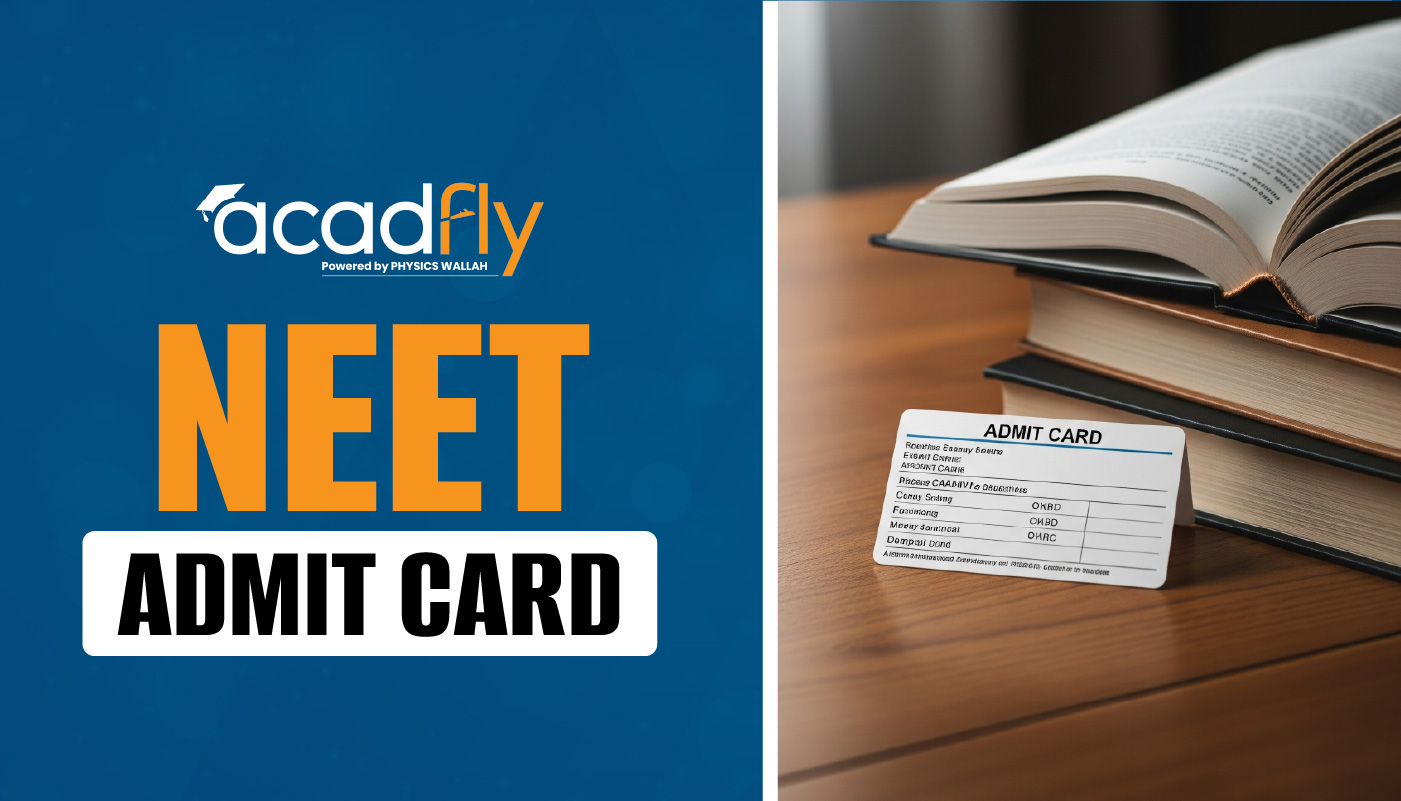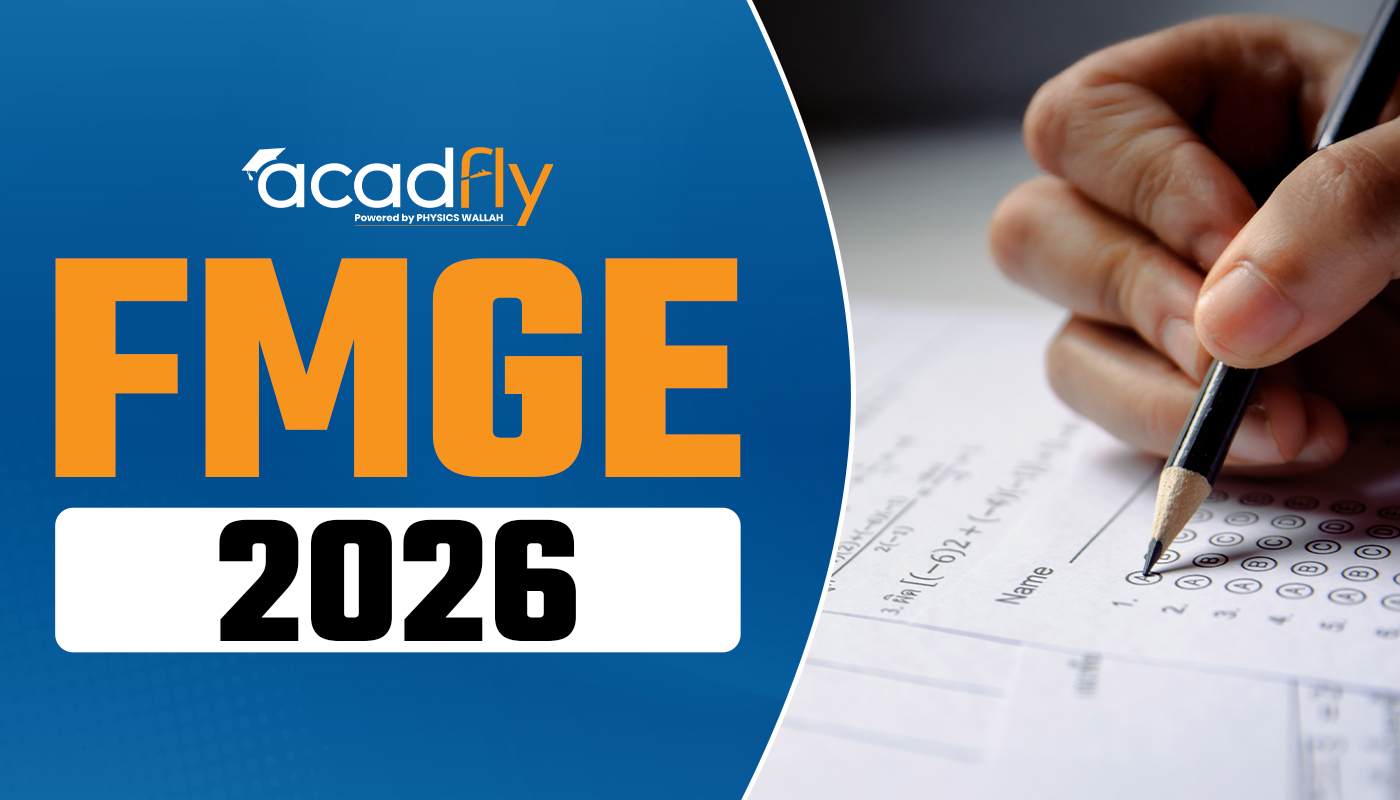
Preparing for the CELPIP Reading Test requires a strategic approach to build the necessary skills and confidence. Effective study strategies are essential for mastering the reading comprehension tasks and performing well on test day. By focusing on understanding the test format, practicing with targeted materials, and honing your reading techniques, you can improve your performance. Implementing a structured study plan that includes regular practice with CELPIP reading practice tests and utilizing various study resources will help you become familiar with the types of questions and passages you will encounter. Adopting these strategies will enable you to approach the CELPIP Reading Test with greater confidence and readiness.
Understanding the CELPIP Reading Test Format
When preparing for the CELPIP Reading Test, it is crucial to familiarize yourself with its format to ensure effective preparation. The CELPIP Reading Test is designed to evaluate your ability to comprehend and analyze written English in various contexts. Here’s a detailed look at the CELPIP Reading Test format:
1. Test Structure and Sections
The CELPIP Reading Test comprises several sections that assess different reading skills. Typically, the test includes:
Reading Comprehension: Passages of varying lengths are provided, and you are required to answer questions based on these texts.
Text Organization: Questions may ask you to identify the structure or organization of a passage.
Understanding Vocabulary: Some questions test your ability to understand the meaning of words or phrases in context.
2. Types of Questions
In the CELPIP Reading Test, you may encounter a variety of question types, including:
Multiple Choice: Choose the correct answer from several options.
Fill-in-the-Blanks: Complete sentences or passages with appropriate words or phrases.
Matching: Match statements or questions to specific parts of the text.
Familiarity with these question types is essential for successful performance. Practice with CELPIP reading practice tests and CELPIP reading mock tests can help you get used to these formats.
3. Time Management
The test is designed to be completed within a specific timeframe, which means managing your time effectively is crucial. Each section is timed, and practicing under timed conditions can help you get used to the pace required.
4. Scoring and Evaluation
The CELPIP Reading Score reflects your ability to understand and interpret written English. Scores are based on your performance across various question types and passage difficulties. CELPIP reading practice tests with answers can provide insights into how your performance might be evaluated and help you understand scoring criteria.
5. Practice and Preparation
To excel in the CELPIP Reading Test, it’s important to engage with various CELPIP reading materials. Using CELPIP reading practice tests and reviewing CELPIP reading mock tests can significantly improve your readiness. These materials not only help you understand the test format but also familiarize you with the types of passages and questions you’ll encounter.
By understanding the format of the CELPIP Reading Test and utilizing targeted practice resources, you can enhance your reading skills and boost your confidence for test day.
Key Types of Questions on the CELPIP Reading Test
The CELPIP Reading Test evaluates your ability to understand and analyze written English through a variety of question types. Familiarizing yourself with these question types will help you navigate the test more effectively. Here are the key types of questions you’ll encounter:
1. Multiple Choice Questions
Multiple Choice Questions are a common component of the CELPIP Reading Test. You will be presented with a passage or text and asked to select the correct answer from several options. These questions may assess your understanding of specific details, main ideas, or overall themes within the passage.
Example: After reading a passage about environmental policies, you might be asked to choose the best summary of the text from four options.
2. Fill-in-the-Blanks
In Fill-in-the-Blanks questions, you will complete sentences or passages by inserting the correct word or phrase. These questions test your ability to understand the context and use appropriate vocabulary to complete the text.
Example: A passage might have several missing words, and you need to choose the correct word from a list of options to complete each blank appropriately.
3. Matching Questions
Matching Questions require you to connect statements or questions with specific parts of the text. This type of question assesses your ability to identify relevant information and understand the structure of the passage.
Example: You may be given a list of statements and a set of paragraphs from a text. Your task is to match each statement to the paragraph where it is discussed.
4. Reading Comprehension Questions
Reading Comprehension Questions are designed to test your overall understanding of the passage. They may cover various aspects such as the main idea, supporting details, inferences, or the author’s purpose. These questions ensure that you can grasp the essential meaning and nuances of the text.
Example: After reading a passage about a historical event, you might be asked to identify the main reason for a particular outcome described in the text.
5. True/False Questions
In True/False Questions, you will determine whether statements about the passage are correct or incorrect. This type of question evaluates your ability to accurately interpret and verify information from the text.
Example: You might read a passage about local regulations and then decide whether a series of statements about the regulations are true or false based on the passage’s content.
6. Sentence Completion
Sentence Completion involves filling in missing parts of sentences based on your understanding of the passage. This tests your ability to comprehend and use context clues to accurately complete sentences.
Example: A passage might describe a process, and you will need to complete sentences about the process using information from the text.
7. Summary Questions
Summary Questions ask you to choose the best summary of a passage or select the main points that capture the essence of the text. This evaluates your ability to synthesize and condense information from the reading material.
Example: After reading a detailed article, you might be asked to select the most accurate summary from several options that reflect the key points of the article.
By practicing these types of questions with CELPIP reading practice tests and CELPIP reading mock tests, you can develop a better understanding of each question type and enhance your overall test performance.
Effective Study Techniques for the CELPIP Reading Section
1. Familiarize Yourself with the Test Format
Understanding the CELPIP Reading Test format is essential for effective preparation. Familiarizing yourself with the structure of the test, including the types of questions and their distribution, helps in developing a targeted study plan. Knowing how the test is structured allows you to practice with purpose and manage your time efficiently during the actual test.
2. Practice with Official CELPIP Reading Materials
Engage with CELPIP reading practice tests and CELPIP reading material to get accustomed to the test’s style and content. Official practice materials are particularly valuable as they reflect the actual test format and difficulty level. Regular practice with these materials ensures that you are well-prepared for the types of questions you will encounter.
3. Develop Skimming and Scanning Skills
Skimming and scanning are crucial techniques for quickly finding and interpreting information in passages. Skimming helps in grasping the main idea of a text, while scanning allows you to locate specific details. Practicing these techniques will improve your reading efficiency and accuracy during the test.
4. Build Vocabulary and Context Understanding
A robust vocabulary enhances your ability to comprehend and analyze texts accurately. Building your vocabulary and understanding how words function in different contexts will help you tackle a variety of reading passages. Regularly practicing with vocabulary lists and context-based exercises can improve your overall reading skills.
5. Work on Time Management
Effective time management is critical for completing the CELPIP Reading Test within the allotted time. Practice managing your time by setting specific limits for each passage and question type during mock tests. This approach helps you avoid spending too much time on any single item and ensures that you complete the test in a timely manner.
6. Review and Analyze Practice Tests
After completing practice tests, review your answers to identify mistakes and areas for improvement. Analyzing why certain answers were incorrect helps you understand your weaknesses and adjust your study strategy. This process is essential for refining your skills and improving your performance on future practice tests.
Time Management Tips for the CELPIP Reading Test
Effective time management is crucial for maximizing your performance on the CELPIP Reading Test. With the right strategies, you can ensure that you complete all sections within the allotted time and answer questions accurately. Here are some key time management tips:
Understand the Test Format and Timing
Familiarize yourself with the CELPIP Reading Test format and the timing for each section. Knowing how the test is organized helps you plan your approach effectively. Each section of the test has a specific time limit, and understanding this structure allows you to allocate your time wisely, ensuring that you can complete all questions within the allotted time.
Practice Under Timed Conditions
Practice with CELPIP reading practice tests under timed conditions to develop a sense of urgency and improve your pacing. Timed practice helps you understand how long you need for each passage and question type, making you more adept at managing your time during the actual test. Regular timed sessions will also help you become more comfortable with the test’s pace.
Prioritize Reading and Question Strategies
Effective time management involves prioritizing your reading and answering strategies. Begin by skimming passages to grasp the main ideas, then focus on answering questions efficiently. By prioritizing questions based on difficulty and time required, you can manage your time better and ensure that you address all questions.
Allocate Time for Each Passage
Distribute your time proportionally among the passages and questions on the CELPIP Reading Test. Allocate a specific amount of time to each passage to avoid spending too long on any single one. This strategy helps ensure that you complete all sections within the time limits and reduces the risk of running out of time.
Use Process of Elimination
Utilize the process of elimination for handling challenging questions efficiently. By quickly discarding clearly incorrect answers, you can narrow down your choices and make more accurate selections. This approach helps save time and increases your chances of selecting the correct answers.
Keep Track of Time During the Test
Monitor the time closely while taking the test to stay on track. Regularly checking the clock helps you ensure that you are progressing according to your time management plan. If you notice that you’re falling behind, it’s crucial to adjust your pace and move on to the next section or question to complete the test.
Review and Adjust Your Strategy
After practicing with mock tests, review your performance to identify any time management issues. Analyze areas where you spent too much time and adjust your strategy accordingly. Regularly reviewing and refining your approach helps improve your efficiency and effectiveness for the actual test.
Common Challenges in the CELPIP Reading Test and How to Overcome Them
1. Difficulty Understanding Complex Passages
One of the primary challenges in the CELPIP Reading Test is grappling with complex or dense passages that can be hard to comprehend quickly. To overcome this challenge, practice using CELPIP reading practice tests to become familiar with different text types and structures. Regularly engaging with CELPIP reading material can help you get accustomed to diverse writing styles and improve your reading comprehension skills.
2. Managing Time Effectively
Effective time management is crucial for success in the CELPIP Reading Test, as many test-takers struggle to finish all questions within the given timeframe. To manage time better, practice with CELPIP reading mock tests under timed conditions. This practice will help you develop a sense of how long to spend on each passage and question, ensuring you complete the test efficiently.
3. Misinterpreting Questions
Misinterpreting questions or their requirements can lead to incorrect answers on the CELPIP Reading Test. To minimize this issue, make sure to carefully read and understand each question before answering. Utilizing CELPIP reading practice tests with answers can help you learn how to interpret questions correctly and avoid common pitfalls.
4. Inconsistent Vocabulary Knowledge
A lack of consistent vocabulary can hinder your performance on the CELPIP Reading Test. To build and reinforce your vocabulary, regularly review CELPIP reading material and use vocabulary lists. Engaging in activities such as reading various texts and practicing vocabulary with CELPIP reading practice tests can help improve your word knowledge and comprehension.
5. Difficulty with Specific Question Types
Certain question types on the CELPIP Reading Test can be particularly challenging, such as those that require detailed information or inferential reasoning. To address this, practice with a variety of question types using CELPIP reading mock tests. Analyzing your results with CELPIP reading practice tests with answers can provide insights into areas where you need improvement and help you refine your answering strategies.
6. Balancing Speed and Accuracy
Striking the right balance between speed and accuracy is a frequent challenge in the CELPIP Reading Test. Test-takers often find themselves either rushing through questions or spending too much time on them. To improve, practice timed CELPIP reading practice tests to develop a pace that allows you to answer accurately without running out of time. Consistent practice will help you achieve a balance that works for you.
By addressing these common challenges with targeted practice and strategies, you can improve your performance on the CELPIP Reading Test and approach the exam with greater confidence.
Frequently Asked Questions
1. What is the best way to start preparing for the CELPIP Reading Test?
2. How important is it to practice with CELPIP reading practice tests?
3. How can I improve my vocabulary for the CELPIP Reading Test?
4. What should I do if I have trouble understanding certain types of questions?
5. How can I manage my time effectively during the CELPIP Reading Test?
6. Are there any specific strategies for answering multiple-choice questions?









